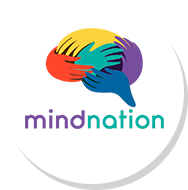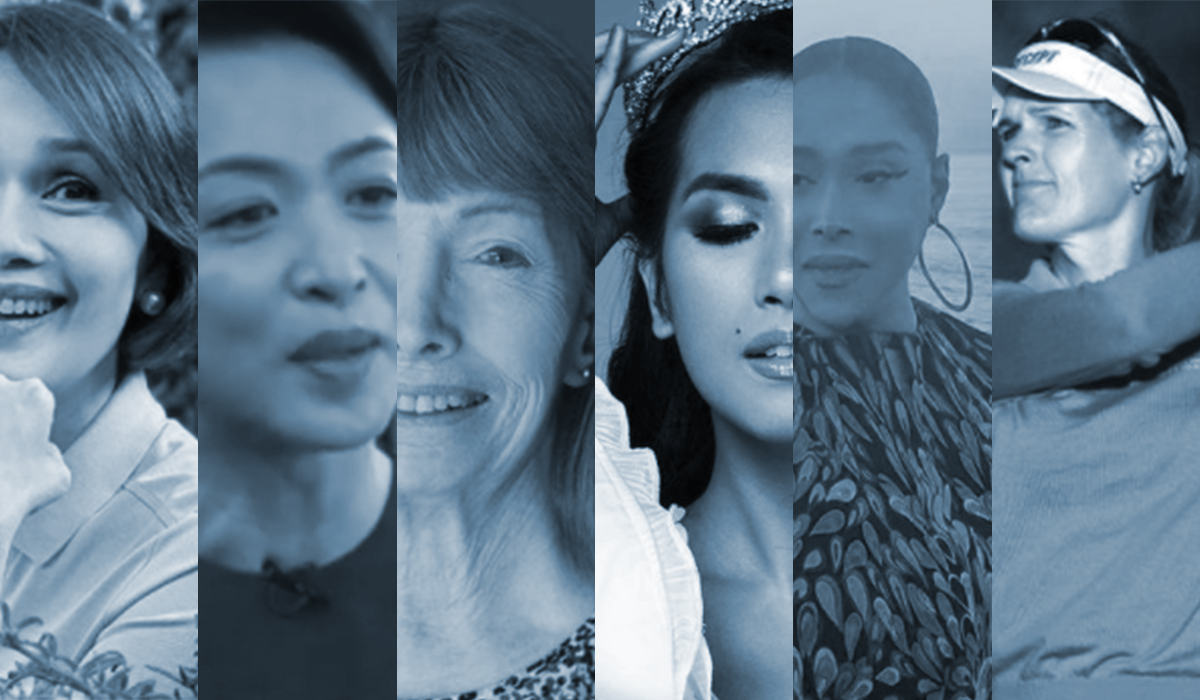Promoting and improving diversity and inclusion (D&I) in the workplace no longer just means hiring more women in the company or allocating a prayer room for your Muslim team members. These are good first steps but much more needs to be done if you want to create a workplace that respects the unique needs, perspectives, and potential of everyone.
D&I explained
Simply put, diversity in the workplace means that the company hires a wide range of diverse individuals — people of various race, ethnicity, gender, gender identity, sexual orientation, age, social class, physical ability or attributes, religious or ethical values system, national origin, and political beliefs.
Inclusion, on the other hand, is the practice or policy of providing equal access to opportunities and resources for people who might otherwise be excluded or marginalized. Inclusion is about putting diversity into action.
“Unconscious bias in the workplace impacts our recruitment decisions, employee development, impairing diversity and retention rates, as well as promoting a disconnected culture.”
Salma Sakr, MindNation Chief Growth Officer
Benefits of a diverse and inclusive workplace
Equitable employers benefit in the following ways:
- They gain deeper trust and more commitment from their employees.
- Diversity and inclusion can enhance the problem-solving necessary to rethink businesses and reimagine industries in the face of unprecedented disruption.
- More diverse teams are better at anticipating changes in consumer needs and buying patterns, which can lead to more rapid product and service innovation.
- All of the above positively contribute to the company’s bottom line.
Putting it into practice
D&I has become a buzz word that many companies use for good PR, but genuine D&I requires effort, dedication, and consistency. Here are 3 ways you can make it happen in your company:
- Be aware of unconscious bias.
Unconscious bias (or implicit bias) is often defined as prejudice or unsupported judgments in favor of or against one thing, person, or group as compared to another, in a way that is usually considered unfair.
Unconscious bias in the workplace impacts our recruitment decisions, employee development, impairing diversity and retention rates, as well as promoting a disconnected culture.
Organizations who make an effort to address unconscious bias in order to develop and maintain an inclusive workforce enjoy the following benefits:
- Increasing company profitability: Teams that have solid problem-solving and decision-making skills can bring a competitive advantage to a company. For example, a McKinsey study found that gender-diverse companies were 21% more likely to gain above-average profitability.
- They are more attractive to top talent: By implementing inclusive recruitment strategies, companies are able to reach out to a wider talent pool. Job seekers would also be more likely to apply to companies that prioritize diversity.
- Increasing innovation: Diverse teams can bring a variety of fresh ideas to the table, allowing teams to come up with creative solutions that can drive sales. For example, a 2018 study by the Boston Consulting Group found that companies with diverse management teams bring 19% higher innovation revenue.
- Higher productivity: University research found that tech firms with diverse management teams have 1.32 times higher levels of productivity. Increased productivity can lead to more efficient project management and implementation.
- Higher employee engagement: This can lead to higher job satisfaction, which in turn, can lower the turnover rate.
- Making fair and more efficient business decisions: Inclusive teams can make better business decisions up to 87% of the time. These business decisions can help improve a company’s performance and revenue.
2. Be an ally. This is a critical next step and involves the participation of everyone at work regardless of their title, i.e. whether you are a manager or not. Here are three things you can do if you see an injustice at work, a bias being played out, or a team member in an uncomfortable or even scarring situation:
Step 1: Point it out using language such as
“I noticed that…”
“It seems like…”
“It feels to me like…”
Step 2: Avoid making assumptions. Instead, clarify it with the person involved, such as by asking “Did I read that right?”
Then validate it by using language such as“I want to acknowledge how challenging this is…”
Step 3: Work it out together by sharing your intention to help and to develop a plan to problem solve together.
3. Encourage team identification. High team identification is when members identify themselves as part of a group and feel proud to be a part of it, when they feel that they are not working against each other, but for the same team, and they have the same future, goals, and vision. The higher the collective team identification, the more likely team members feel positively about diversity and are therefore more collaborative and successful. To do this, you need to make sure that people are not merely members of different social categories such as gender or race, but to emphasise the distinctiveness of each individual.
By following these relatively simple steps you can really make a difference to your employees’ lives and shape the effect of diversity for the greater.
MindNation offers webinars to train your managers on how to foster more diversity and inclusion in the workplace so that you build happier, healthier, and more productive teams. Email [email protected] to schedule a session now!



